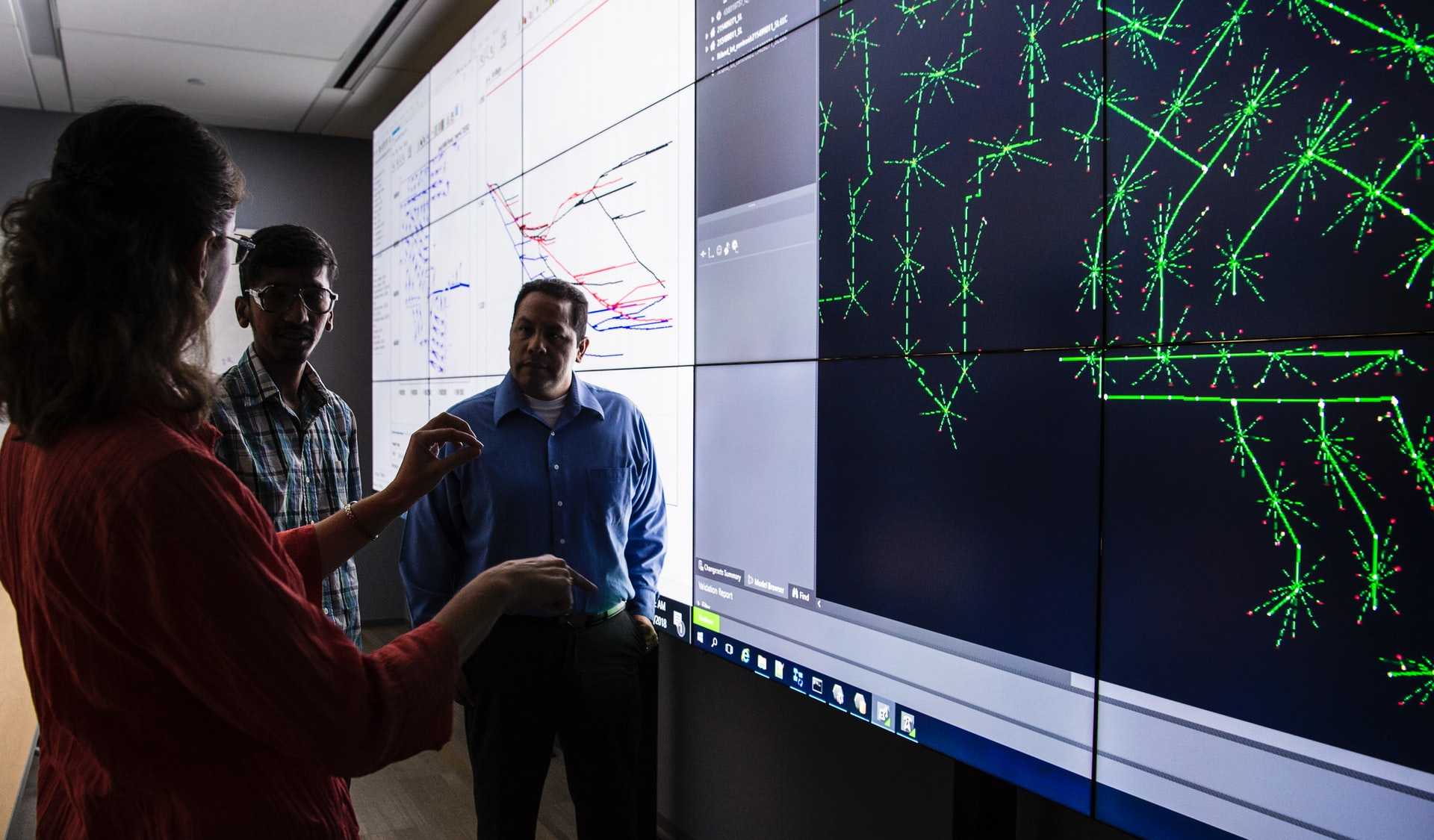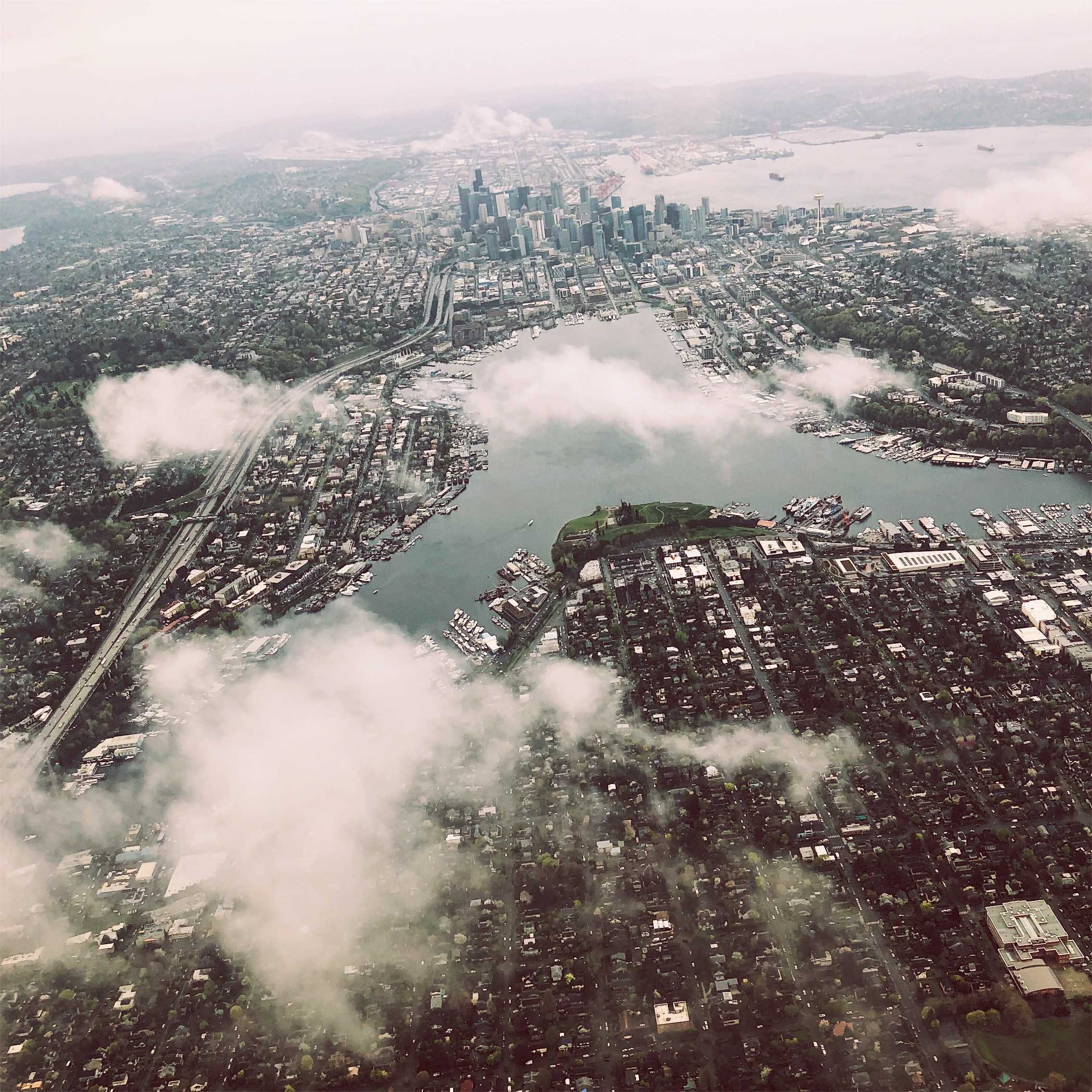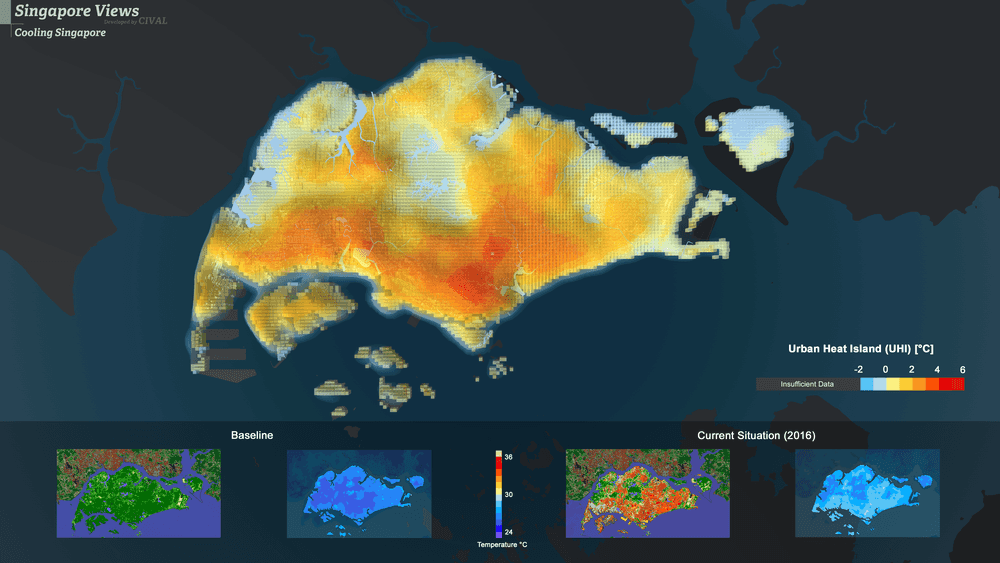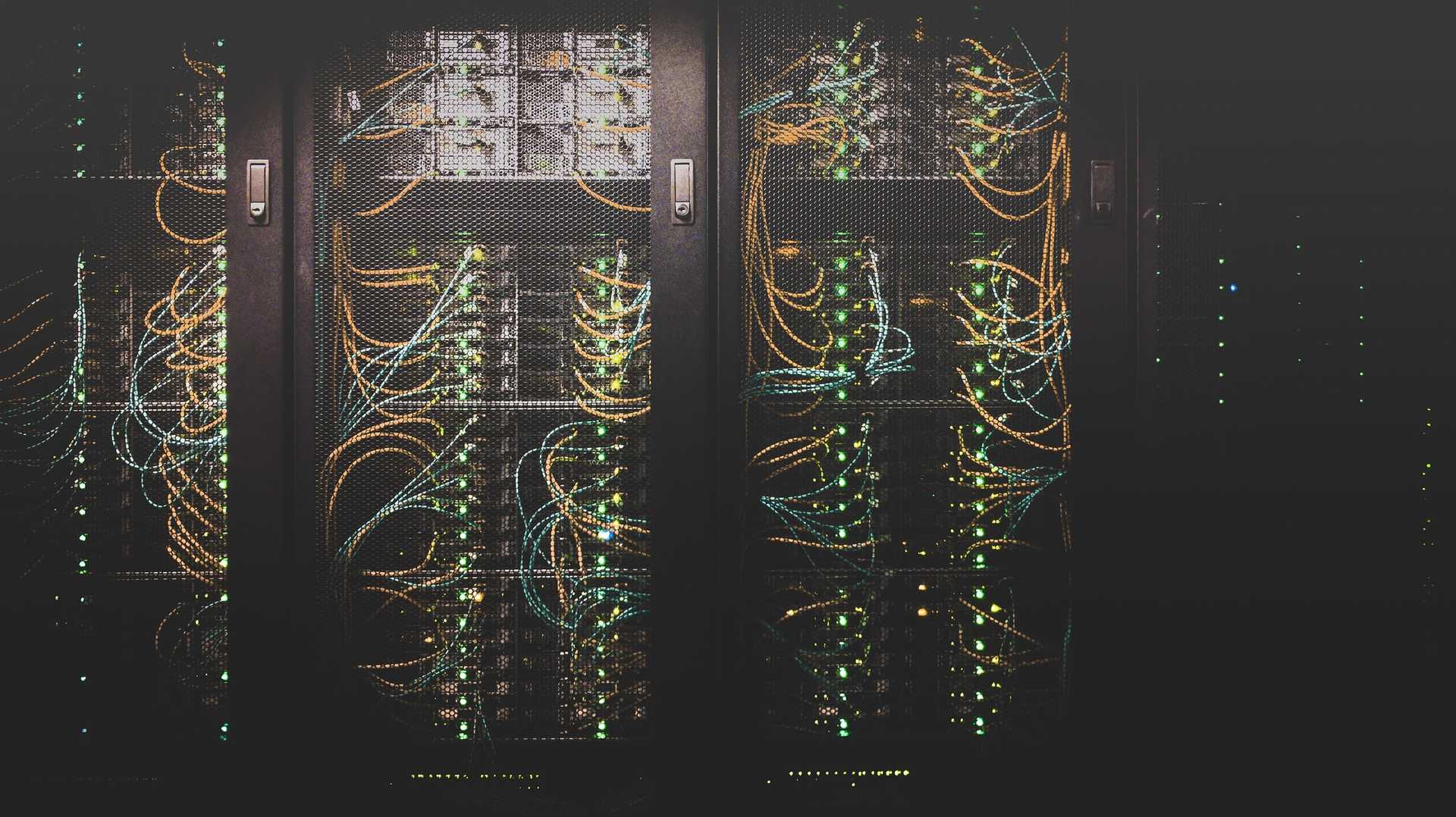
Titanic digital twins
From city dashboards to metropolitan models.
How likely? How soon? What impact?
Urban management and planning have always been data-intensive activities. We study the past to anticipate the future. But insights drawn from planning studies are used in high-conflict settings. There are many stakeholders with competing interests and complex trade-offs. But more data and faster computers can't resolve these instabilities. Often these tools can harden positions and make conflict resolution more difficult.
Over the next decade, that may change, as urban simulations become more reliable, detailed, and useful. As these tools become more sophisticated—drawing on larger pools of more timely data and linking up multiple models that represent interconnected urban systems—they will cross a threshold that challenges existing decision-making processes and power structures. Truly titanic in size, these tools will approach the level of replication of "digital twins," simulations that capture every element of industrial processes. Will this step-change in our computer models of cities drive a decisive shift towards more informed decision-making? And will it simply reinforce existing power relations and biases, or destabilize them?
Signals
Signals are evidence of possible futures found in the world today—technologies, products, services, and behaviors that we expect are already here but could become more widespread tomorrow.




..png)




